|
|
|
Welcome Visitor!
You may have heard a lot about Tehran, but you have not visited lots of its attractions!
Thats Our Job!
History of Tehran Azadi Tower
Tehran can hardly be ranked among Iranian most beautiful cities. Lacking the
slightest trace of the Orient "so dear to most Western tourist" the city
is impressive only at night, when sharp neon lighting outlines an endless maze
of avenues and motorways. However, staying in Tehran can be quite a pleasant
experience for travelers, most of whom end up spending at least several days
there. The country’s most important transport hub, Tehran has an extensive
network of the hotels and restaurants that are among the best in Iran.
Azadi Sports Complex
In addition to this, it boasts a variety of remarkable museums, has attractive
natural setting on the outskirts, and offers varied sport and leisure
facilities. Tehran lies on an incline some 1,200 meters above sea level at the
southern foothills of the Alborz mountain range. It covers an area of 1,500
square kilometers. One of the most inhabited cities of the world, it has a
population exceeding 12,000,000 people. Its climate is warm and dry, and can
be very hot in summer. The average summer temperature is 29 DC
(Centigrade degree), but around Tehran the climate varies.
Darband
While the city can be hot and stuffy, one only
has to make for the foothills in the north to cool down. Tehran has mild
winters, but cold snaps and snowstorms are not unusual. The average winter
temperature is about 4 DC(Centigrade degree), and snow falls between December
and February. Spring and autumn are cool and pleasant, with occasional rains.
Tehran rainy season is between November and May. The amount of annual rainfall is
20 centimeters. Tehran is shapely divided between north and south. The north
is prestigious, with slightly less chaotic traffic and more suitable air, but
as a result, more expensive. The main thorough fare, stretching around 20 Km
from north to south, is Vali Asr, joining the train station in the south and
Tajrish Square in the north. To the north of Tehran, the peaks of the Alborz
range serve as an excellent northern backdrop for the city.
Compared to other Iranian cities, Tehran is relatively modern; it
marked its 200th anniversary in 1998.
Historical Places
Palaces
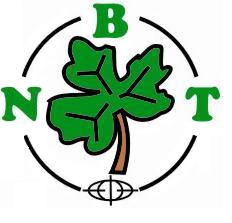
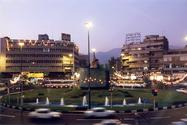
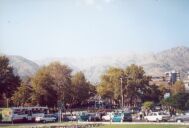
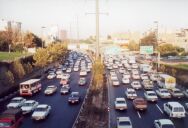

Lets Visit Tehran Together!
We make Brilliant Memories for you!
Click here now!
Your Time and Ours is Valuable!
Tehran which today ranks among the large cities of
the world is historically a newcomer among Iran's ancient cities.
The oldest record mentioning Tehran,
is the book of "Tarikh-e-Baghdad" (Baghdad's History), written in 14 volumes
by, Abu-Bakr Ahmad-ibn Ali-ibn Sabet, also known as "Khatib-e-Baghdadi".
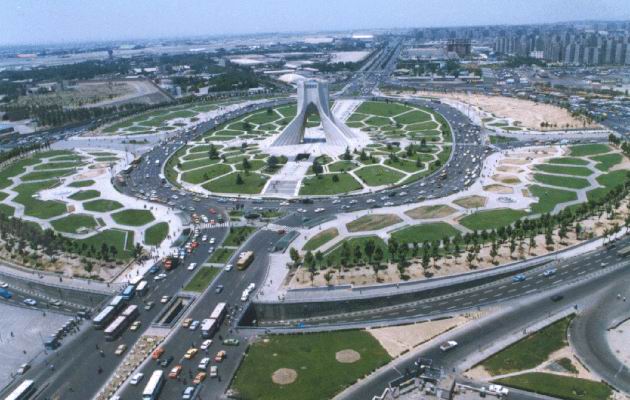 West of Tehran
West of Tehran
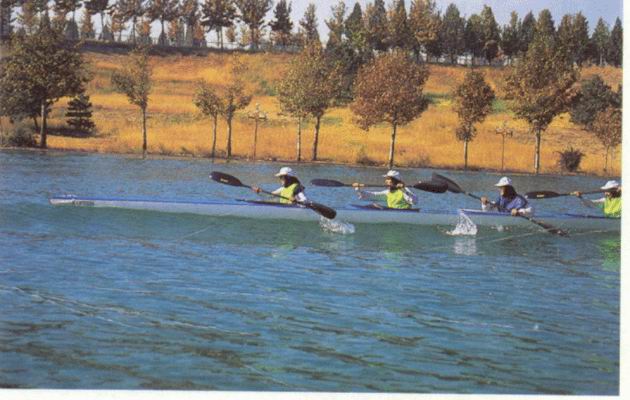 West of Tehran
West of Tehran
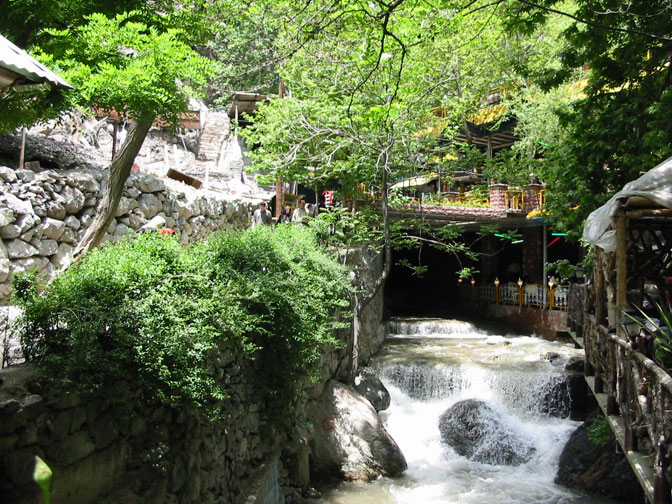 North of Tehran
North of Tehran
The Golestan Palace-Museum
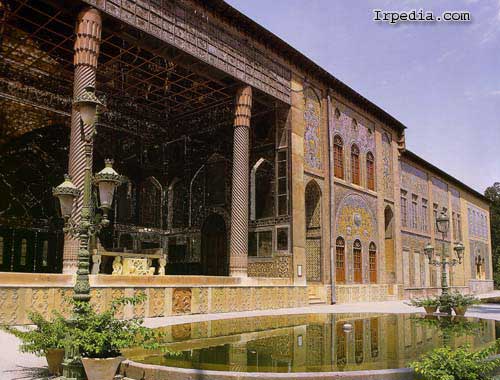
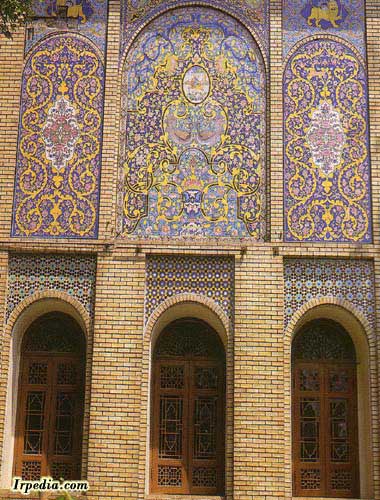
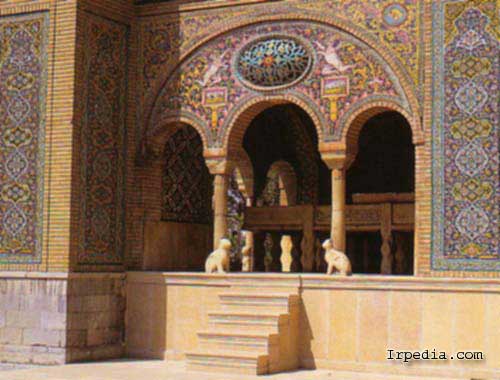
 This palace is the only surviving section of the city Arg, the Imperial District. During the
Safavie period, a garden with an unpretentious Pavilion occupied the site. Later, Karim Khan
Zand ordered the construction of a citadel, a rampart and a number of towers there.
Its structures were turned into a museum in 1988. The main highlights of the complex
are the White Palace (today it houses the Ethnological Museum), the Mirror Hall,
the Throne Hall with its sumptuous marble throne dating from the time of Fath Ali Shah,
the Diamond Hall, and the Ivory Hall.
This palace is the only surviving section of the city Arg, the Imperial District. During the
Safavie period, a garden with an unpretentious Pavilion occupied the site. Later, Karim Khan
Zand ordered the construction of a citadel, a rampart and a number of towers there.
Its structures were turned into a museum in 1988. The main highlights of the complex
are the White Palace (today it houses the Ethnological Museum), the Mirror Hall,
the Throne Hall with its sumptuous marble throne dating from the time of Fath Ali Shah,
the Diamond Hall, and the Ivory Hall.
The Sa`ad Abad Palace-Museum
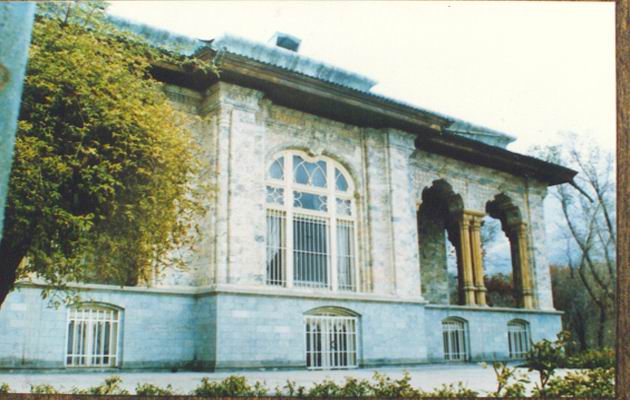
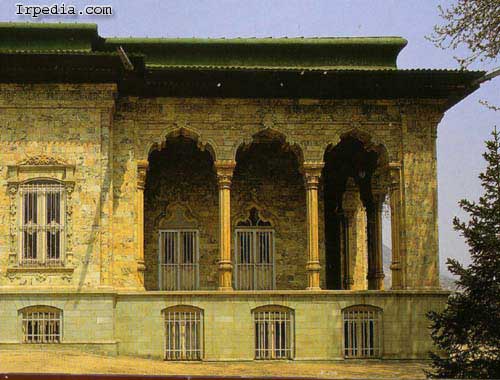
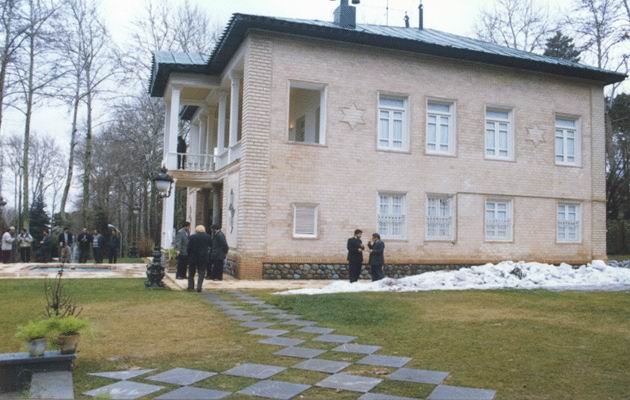

 The complex of Sa`ad Abad consists of eighteen palaces that were previously occupied by the
last Shah of Iran and his family. After the Islamic revolution, most of the palaces were
turned into museums and were opened to the public.
The complex of Sa`ad Abad consists of eighteen palaces that were previously occupied by the
last Shah of Iran and his family. After the Islamic revolution, most of the palaces were
turned into museums and were opened to the public.
The Niavaran Palace-Museum
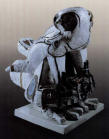
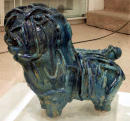
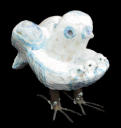 The history of Niavaran in the north of Tehran is closely connected with the name of
Fathali Shah Qajar. At his orders, a splendid garden was laid out on the present site of the
Niavaran complex and small pavilion was created there. During the Pahlavi period,
all structures except two buildings were ruined, and the beautiful Niavaran palace was created in European style. ancient objects dating from 1,500 BC collected from various parts of the worlds are exhibited in the Jahan-Nama museum in the eastern wing of the palace. The nearby Jahan-Nama gallery houses an impressive assemblage of modern Iranian and foreign paintings.
The history of Niavaran in the north of Tehran is closely connected with the name of
Fathali Shah Qajar. At his orders, a splendid garden was laid out on the present site of the
Niavaran complex and small pavilion was created there. During the Pahlavi period,
all structures except two buildings were ruined, and the beautiful Niavaran palace was created in European style. ancient objects dating from 1,500 BC collected from various parts of the worlds are exhibited in the Jahan-Nama museum in the eastern wing of the palace. The nearby Jahan-Nama gallery houses an impressive assemblage of modern Iranian and foreign paintings.
The National Museum
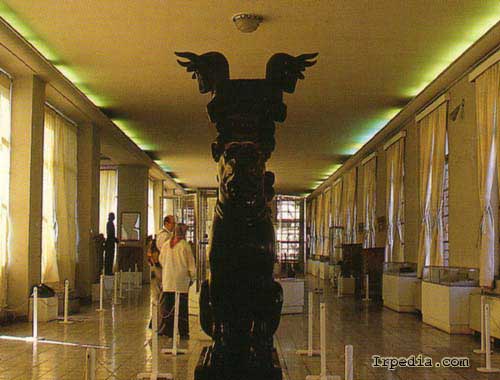

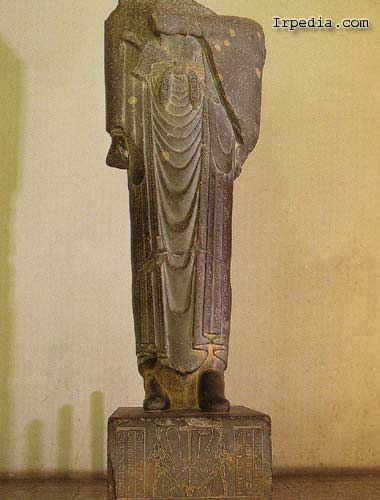
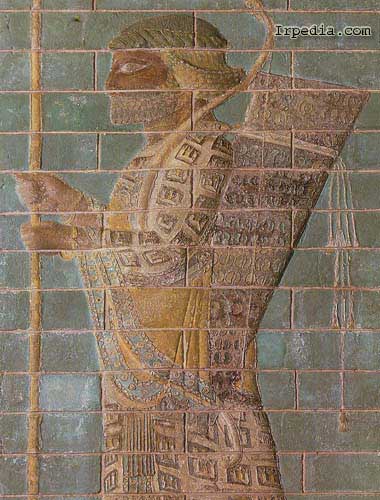

 In this most reputed museum of Tehran ancient objects ranging from the seventh millennium BC to the
pre-Islamic period, ancient pottery, Lorestan bronze ware elamite figurines, bus relief from the
ruined Cheapened palaces, Sasanian mosaics, a salt man( a naturally mummified human body), and many
more artifacts of the Islamic period are kept in the building. More than 6,000 items, produced by
Iranian masters of calligraphy, pottery, mosaics, stucco, lacquer carpets and text tiles from the
earliest Islamic centuries to the Qajar period, are exhibited in this museum.
In this most reputed museum of Tehran ancient objects ranging from the seventh millennium BC to the
pre-Islamic period, ancient pottery, Lorestan bronze ware elamite figurines, bus relief from the
ruined Cheapened palaces, Sasanian mosaics, a salt man( a naturally mummified human body), and many
more artifacts of the Islamic period are kept in the building. More than 6,000 items, produced by
Iranian masters of calligraphy, pottery, mosaics, stucco, lacquer carpets and text tiles from the
earliest Islamic centuries to the Qajar period, are exhibited in this museum.
The Jewelry Museum
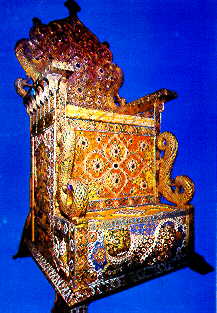
This museum houses the world most fabulous display of diamonds, rubies, emeralds, and massive
gold pieces. The collection that can become a breath taking experience even for those who have never
been able to summon up the interest in precious stones. The high-lights are the royal crown dating
from the reign of Fath Ali Shah, the 1924 Pahlavi crown used during the coronation of Pahlavi Shahs,
the world largest Darya-ye-Noor (Sea of light) pink diamond, the peacock throne, and the extra
ordinary globe of jewels.
The Reza Abbasi Museum
The four-storied structure of this museum houses a splendid assemblage of items
from various historic periods of Iran. The collection is divided into three
parts: pre historic artifacts, items from the Islamic period,
and miniature and calligraphy.
The Carpet Museum

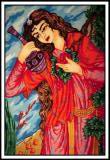
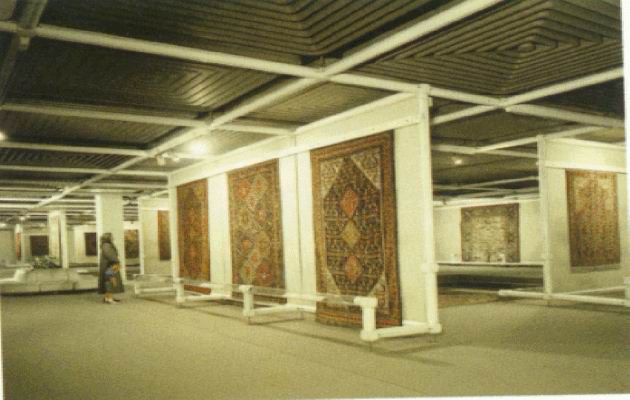 This museum was opened in 1978, and 275 rugs of varied age and size formed
the base of its collection. Later, the treasury was enriched by many valuable
carpets dating from the 17th century to modern items. Today, the museums
ground floor houses a permanent collection of master pieces, which were
manufactured in the main centers of carpet weaving in Iran. The buildings
upper story is dedicated to temporary exhibitions of carpets and rugs.
This museum was opened in 1978, and 275 rugs of varied age and size formed
the base of its collection. Later, the treasury was enriched by many valuable
carpets dating from the 17th century to modern items. Today, the museums
ground floor houses a permanent collection of master pieces, which were
manufactured in the main centers of carpet weaving in Iran. The buildings
upper story is dedicated to temporary exhibitions of carpets and rugs.
The Museum of Glass and Ceramics
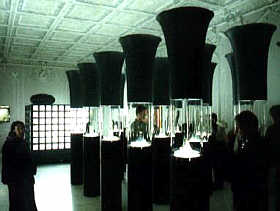
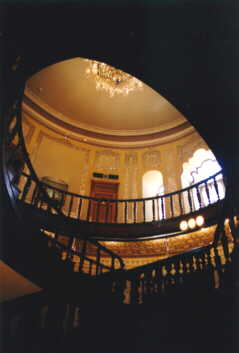 The sumptuous building of this museum was created at the command of Ahmad Qavam
al Saltaneh to serve as a palace of his residence. It was turned into museum
and opened to the public in 1977. The magnificent selection of glassware and
pottery ranges from prehistoric times to the present and is displayed in five
large halls found on the buildings two floors and in basement.
The sumptuous building of this museum was created at the command of Ahmad Qavam
al Saltaneh to serve as a palace of his residence. It was turned into museum
and opened to the public in 1977. The magnificent selection of glassware and
pottery ranges from prehistoric times to the present and is displayed in five
large halls found on the buildings two floors and in basement.
The Post Museum
The construction of Tehran centrals post office completed in 1935.
The second story of this building was allocated for the museum with a
remarkable collection of objects related to the history of post. Items on
display include old documentation, mailboxes, seals stationary, and a
splendid collection of stamps.
The Museum of National Arts
This museum was founded in 1931 due to the great efforts of Taherzadeh Behzad,
a famous Iranian miniaturist and carpet designer the rich collection of
miniatures, illuminations, inlaid work, brocades, mosaics, engraving,
pottery, and carpets of the 20th century masters is housed in the Qajar
period hall of the Negarestan Palace.
The Museum of Contemporary Arts
The impressive three-storied building of the museum demonstrates
a remarkable mixture of traditional Iranian architectural techniques and
western style. Exhibitions, which are regularly held in the museums numerous
halls and galleries provide an in sight in to modern trends of Iranian art.
The permanent section treasures canvases of great Iranian and foreign artists.
The territory around the building is dotted with whimsical sculptures and
statuettes.
The Museum of Nature and Wildlife
Founded in 1994, this museum owns numerous exhibits of live and stuffed
mammals, birds, reptiles, and insect that live in Iran much frequented
by children, it is not only a Well-equipped recreational site, but also
the best place to become familiar with Iran natural history and wildlife.
Buildings
Hassan Abad Square
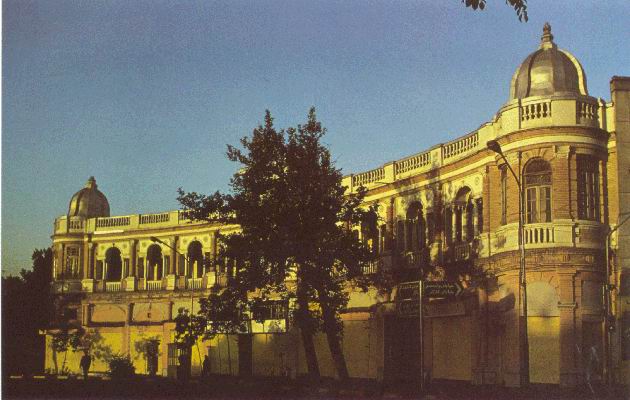 This square was laid out at the order of Mirza Usef Ashtiani, Naser Al Din
Shah`s prime minister, who named it after his son, Mirza Hassan Mostowfi al Mamalek.
Today it is difficult to believe that this square, which is located in the
center of or to the south from the city center, once marked the northwestern
border of Tehran. Four towers in the four corners of the square were built
during the years of 1885-1895, in the unique credited to Andrea Palladio,
the famous 16th century Italian architect.
This square was laid out at the order of Mirza Usef Ashtiani, Naser Al Din
Shah`s prime minister, who named it after his son, Mirza Hassan Mostowfi al Mamalek.
Today it is difficult to believe that this square, which is located in the
center of or to the south from the city center, once marked the northwestern
border of Tehran. Four towers in the four corners of the square were built
during the years of 1885-1895, in the unique credited to Andrea Palladio,
the famous 16th century Italian architect.
The Azadi Tower
 Built in 1971, to celebrate 2,500 years of Persian Royal History, this edifice
has become the gateway to Tehran and a symbol for the city. It is about 50
meters high, and at its base, is 63 meters wide. There are two museums in the
building, a permanent display upstairs with visitors standing on a travelator,
and temporary displays in the basement galleries; only the later is generally
open to the public. The structure also houses a performance saloon, library,
a cinema hall, and a Hugo diorama saloon.
Built in 1971, to celebrate 2,500 years of Persian Royal History, this edifice
has become the gateway to Tehran and a symbol for the city. It is about 50
meters high, and at its base, is 63 meters wide. There are two museums in the
building, a permanent display upstairs with visitors standing on a travelator,
and temporary displays in the basement galleries; only the later is generally
open to the public. The structure also houses a performance saloon, library,
a cinema hall, and a Hugo diorama saloon.
The Shams al Elemareh Edifice
 In its heyday, this building of the sun was the most conspicuous landmark of
Cityscape. The first multistoried building in Tehran, it was created in 1866-1868
at the order of Naser-Addin Shah, in the eastern part of the Golestan complex.
With are stylish exterior and ample inner decorations. Currently, the ground
floor of the building holds the permanent exhibition of book.
In its heyday, this building of the sun was the most conspicuous landmark of
Cityscape. The first multistoried building in Tehran, it was created in 1866-1868
at the order of Naser-Addin Shah, in the eastern part of the Golestan complex.
With are stylish exterior and ample inner decorations. Currently, the ground
floor of the building holds the permanent exhibition of book.
The portal of the national garden
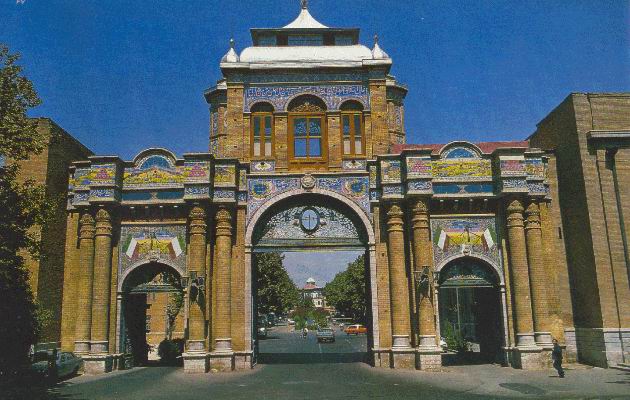 The building was ordered by Reza Khan, the future founder of the Pahlavi Dynasty
in Iran, when he was minister of defense. The portal of the national garden
consists of three arches, the one in the middle topped with tiered
superstructure that functioned as a Neqareh-Khaneh. A room where orchestras
used to play military airs at sunrise and sunset. Bright-colored tile work
adds to the beauty of this magnificent structure.
The building was ordered by Reza Khan, the future founder of the Pahlavi Dynasty
in Iran, when he was minister of defense. The portal of the national garden
consists of three arches, the one in the middle topped with tiered
superstructure that functioned as a Neqareh-Khaneh. A room where orchestras
used to play military airs at sunrise and sunset. Bright-colored tile work
adds to the beauty of this magnificent structure.